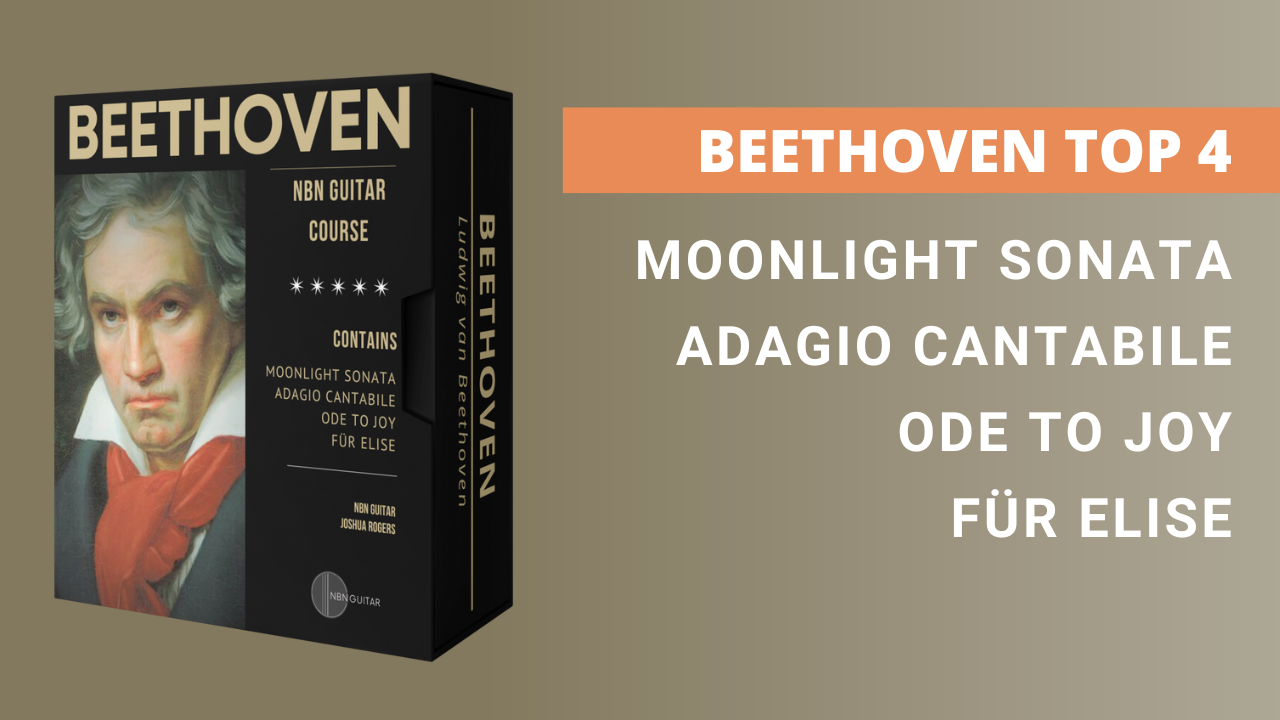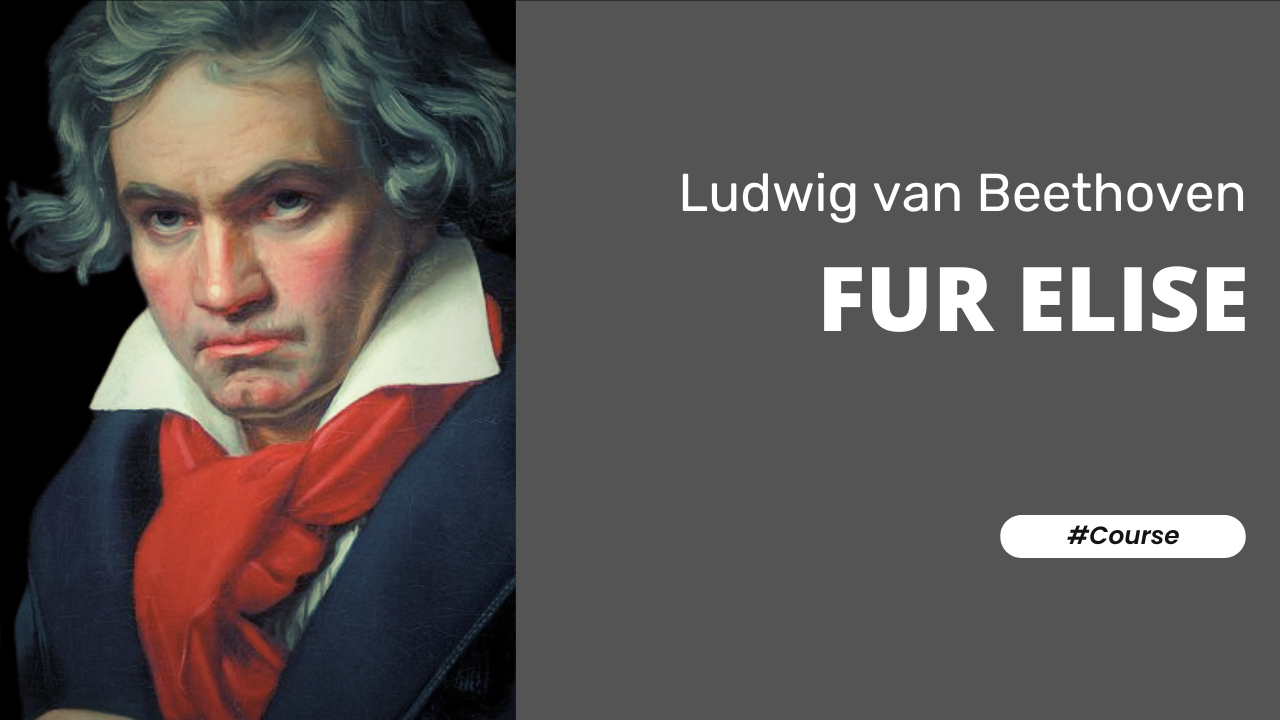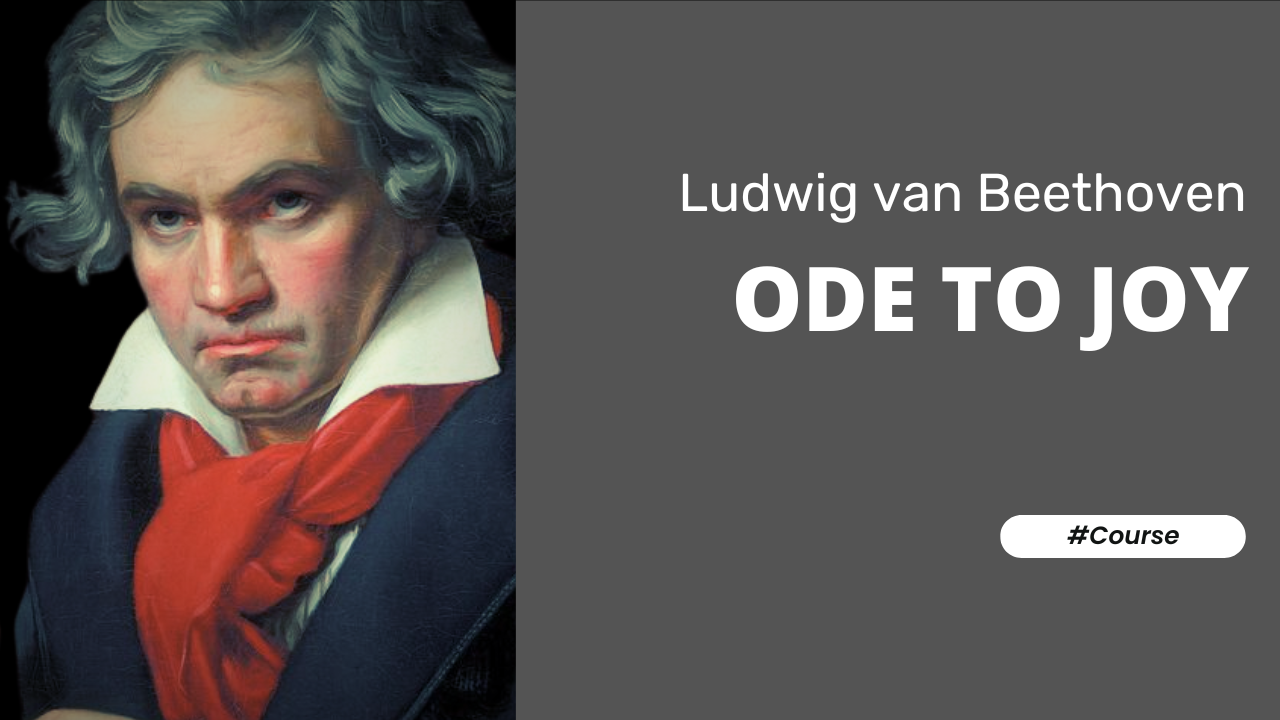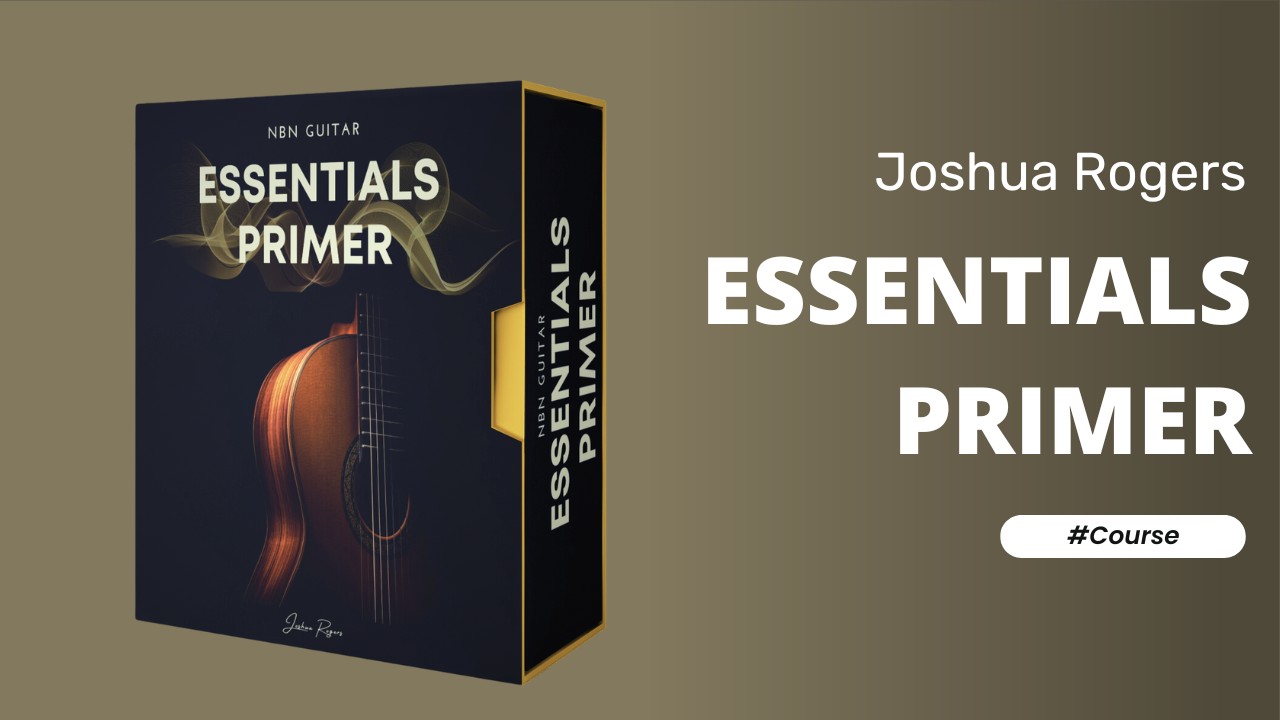Adagio Cantabile “Pathetique” by Ludwig van Beethoven
Introduction
Ludwig van Beethoven’s “Adagio cantabile” from his Piano Sonata No. 8 in C minor, Op. 13, famously known as the “Pathétique Sonata,” is one of his most revered and emotive works. Originally composed for piano in 1798, this movement embodies a profound sense of melancholy and lyrical beauty, which has made it a favorite for transcriptions on various instruments, including the classical guitar. The “Adagio cantabile” stands out for its poignant, singing melody and rich harmonic texture, offering a depth of expression that resonates deeply with both performers and listeners.
When adapted for the classical guitar, the “Adagio cantabile” takes on a new dimension, with the guitar’s warm, resonant tones bringing a unique intimacy to the piece. The guitar’s ability to create subtle nuances and dynamic contrasts enhances the emotional depth of the movement, making it a compelling choice for guitarists seeking to explore Beethoven’s expressive range.
This transcription requires a delicate balance of technical proficiency and emotional sensitivity, allowing the guitarist to fully convey the movement’s lyrical lines and intricate harmonies. By interpreting Beethoven’s “Adagio cantabile” on the classical guitar, musicians can offer a fresh perspective on this timeless masterpiece, bridging the gap between piano and guitar repertoire and showcasing the versatility of Beethoven’s music.
This is my own arrangement of Pathetique as it also sometimes known . These two tutorials will help you to understand and place the piece from the beginning to the end.
Musical Style
Ludwig van Beethoven’s musical style is characterized by its emotional intensity, structural innovation, and dramatic contrasts. His compositions seamlessly blend classical forms with a bold, expressive Romanticism, often pushing the boundaries of harmony, rhythm, and dynamics. Beethoven’s work is marked by powerful motifs, intricate counterpoint, and a masterful use of thematic development. He was adept at conveying a wide range of human emotions, from joy and triumph to despair and longing, making his music deeply resonant and universally appealing. His ability to innovate within traditional forms, such as the symphony, sonata, and string quartet, established him as a pivotal figure in the transition from the Classical to the Romantic era.
Notable Pieces
Five of Beethoven’s most notable pieces are:
• Symphony No. 9 in D minor, Op. 125 (“Choral Symphony”)
• Symphony No. 5 in C minor, Op. 67
• Piano Sonata No. 14 in C-sharp minor, Op. 27 No. 2 (“Moonlight Sonata”)
• Piano Concerto No. 5 in E-flat major, Op. 73 (“Emperor Concerto”)
• String Quartet No. 14 in C-sharp minor, Op. 131
Let your fingers fly!
Josh
Course Instructor
Adagio Cantabile Course
Learn how to play Adagio Cantabile “Pathetique”
Adagio Cantabile Course
Learn how to play Adagio Cantabile “Pathetique”
About this Course
Introduction
Ludwig van Beethoven’s “Adagio cantabile” from his Piano Sonata No. 8 in C minor, Op. 13, famously known as the “Pathétique Sonata,” is one of his most revered and emotive works. Originally composed for piano in 1798, this movement embodies a profound sense of melancholy and lyrical beauty, which has made it a favorite for transcriptions on various instruments, including the classical guitar. The “Adagio cantabile” stands out for its poignant, singing melody and rich harmonic texture, offering a depth of expression that resonates deeply with both performers and listeners.
When adapted for the classical guitar, the “Adagio cantabile” takes on a new dimension, with the guitar’s warm, resonant tones bringing a unique intimacy to the piece. The guitar’s ability to create subtle nuances and dynamic contrasts enhances the emotional depth of the movement, making it a compelling choice for guitarists seeking to explore Beethoven’s expressive range.
This transcription requires a delicate balance of technical proficiency and emotional sensitivity, allowing the guitarist to fully convey the movement’s lyrical lines and intricate harmonies. By interpreting Beethoven’s “Adagio cantabile” on the classical guitar, musicians can offer a fresh perspective on this timeless masterpiece, bridging the gap between piano and guitar repertoire and showcasing the versatility of Beethoven’s music.
This is my own arrangement of Pathetique as it also sometimes known . These two tutorials will help you to understand and place the piece from the beginning to the end.
Musical Style
Ludwig van Beethoven’s musical style is characterized by its emotional intensity, structural innovation, and dramatic contrasts. His compositions seamlessly blend classical forms with a bold, expressive Romanticism, often pushing the boundaries of harmony, rhythm, and dynamics. Beethoven’s work is marked by powerful motifs, intricate counterpoint, and a masterful use of thematic development. He was adept at conveying a wide range of human emotions, from joy and triumph to despair and longing, making his music deeply resonant and universally appealing. His ability to innovate within traditional forms, such as the symphony, sonata, and string quartet, established him as a pivotal figure in the transition from the Classical to the Romantic era.
Notable Pieces
Five of Beethoven’s most notable pieces are:
• Symphony No. 9 in D minor, Op. 125 (“Choral Symphony”)
• Symphony No. 5 in C minor, Op. 67
• Piano Sonata No. 14 in C-sharp minor, Op. 27 No. 2 (“Moonlight Sonata”)
• Piano Concerto No. 5 in E-flat major, Op. 73 (“Emperor Concerto”)
• String Quartet No. 14 in C-sharp minor, Op. 131
Let your fingers fly!
Josh
Course Instructor
Adagio Cantabile Course
Learn how to play Adagio Cantabile “Pathetique”




